neuromythes and professorship
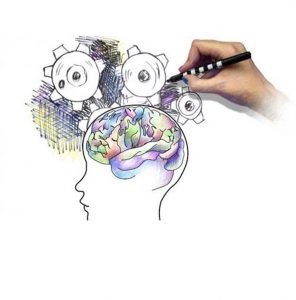 The good image of neuroscience and the gap that exists between researchers and teachers has facilitated the rapid proliferation in schools of so-called neuromytes, or misconceptions about the brain (Goswami, 2006, Howard-Jones, 2014).
The good image of neuroscience and the gap that exists between researchers and teachers has facilitated the rapid proliferation in schools of so-called neuromytes, or misconceptions about the brain (Goswami, 2006, Howard-Jones, 2014).
Several studies in diverse countries have confirmed that neuromytes are popular among teachers (eg, Dekker, Lee, Howard-Jones and Jolles, 2012). The last of these studies has been carried out in Spain with a sample of 284 teachers from 15 autonomous communities belonging to the stages between Infant and Bachillerato (Ferrero, Garaizar and Vadillo, 2016). For this purpose, an online questionnaire was used with 32 items, 12 on neuromytes and 19 on general questions about the brain (see Table 1). The results showed that Spanish teachers, like the rest of the countries studied, consider correct a high number of myths about the brain and education. Specifically, the neuromitos that have shown a higher prevalence are (1) “environments that are rich in stimuli improve the brains of preschool children”, accepted as valid by 94% of the teaching staff; (2) “people learn best when they receive information in their preferred learning style,” accepted by 91.1% of faculty; And (3) “exercises that promote the coordination of perceptual-motor skills can improve literacy skills,” accepted by 82% of faculty.
The first statement is an excessive generalization of basic laboratory studies in which animals exposed to extreme sensory deprivation show cognitive deficits. However, there is no evidence that these results are of practical relevance for children in normal school settings. The second assertion is also false, since in the studies where the teacher’s way of teaching students’ learning styles (eg, active / reflexive, convergent / divergent) has not been improved Learning (Rohrer and Pashler, 2012). The latter case refers to the belief that exercises such as crawling or crawling can improve the ability to understand or elaborate messages. However, there is strong evidence for the inefficiency of the exercises described above in improving higher order processes such as reading and writing (Hyatt, Stephenson and Carter, 2009). It is very interesting that, among the factors that predict the belief in neuromitos on the part of the professors include to have a greater knowledge on the brain and to read magazines of educational diffusion (whereas to read scientific journals reduces the belief in neuromitos).
(font: http://medina-psicologia.ugr.es/~cienciacognitiva/files/2016-28.pdf)
– Dekker, S., Lee, N. C., Howard-Jones, P., & Jolles, J. (2012). Neuromyths in education: Prevalence and predictors of misconceptions among teachers. Frontiers in Psychology, 3, 429.
– Ferrero, M., Garaizar, P., & Vadillo, M. (2016). Neuromyths in education: Prevalence among Spanish teachers and an exploration of cross-cultural variation. Frontiers in Human Neuroscience, 10, 496.
– Goswami, U. (2006). Neuroscience and education: From research to practice? Nature Reviews Neuroscience, 7, 406-413.
– Howard-Jones, P. A. (2014). Neuroscience and education: Myths and messages. Nature Reviews Neuroscience, 15, 817-824.
– Hyatt, K. J. (2007). Brain Gym: Building stronger brains or wishful thinking? Remedial and Special Education, 28, 117-124.
– Hyatt, K. J., Stephenson, J., & Carter, M. (2009). A review of three controversial educational practices: Perceptual motor programs, sensory integration, and tinted lenses. Education and Treatment of Children, 32, 313-342
– Proyecto NeuroEducacióN en Educación Infantil (n.d.). Disponible en: http://aulavirtual3.educa.madrid.org/ proyectoneuroeducacion/course/view.php?id=35
– Rohrer, D., & Pashler, H. (2012). Learning styles: Where’s the evidence? Medical Education, 46, 630-635.
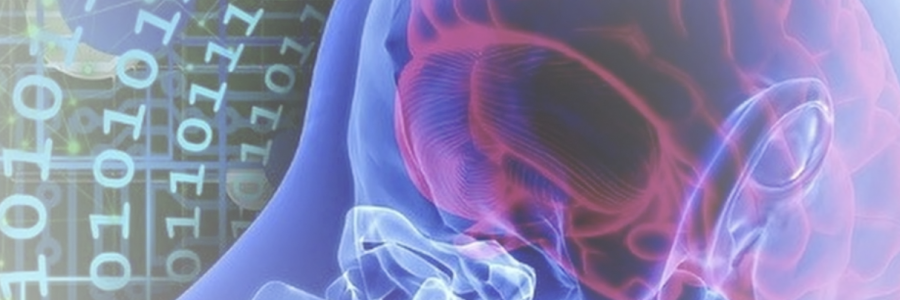
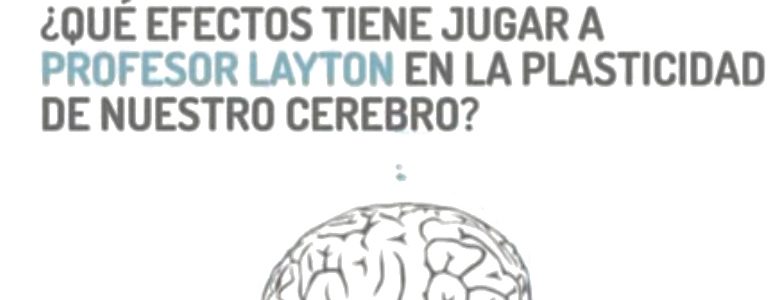
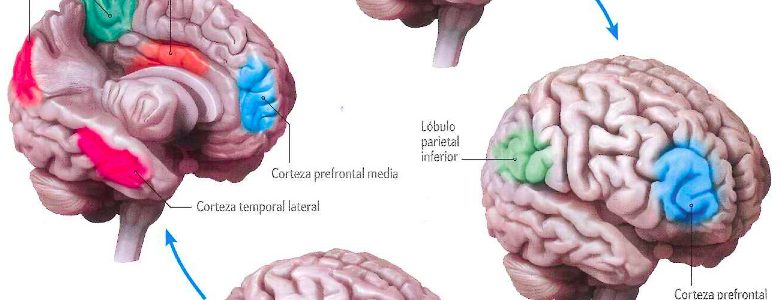
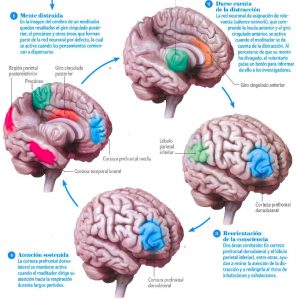
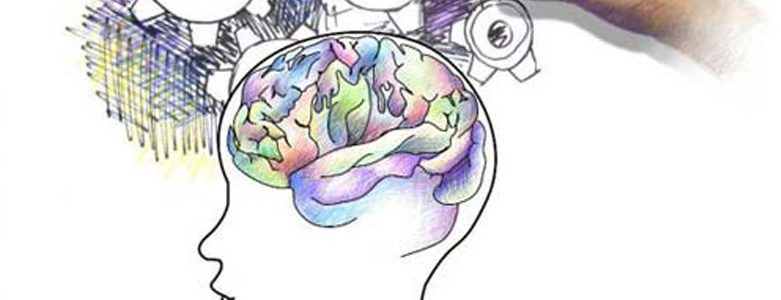
 The good image of neuroscience and the gap that exists between researchers and teachers has facilitated the rapid proliferation in schools of so-called neuromytes, or misconceptions about the brain (Goswami, 2006, Howard-Jones, 2014).
The good image of neuroscience and the gap that exists between researchers and teachers has facilitated the rapid proliferation in schools of so-called neuromytes, or misconceptions about the brain (Goswami, 2006, Howard-Jones, 2014).